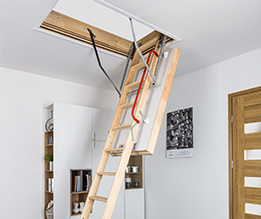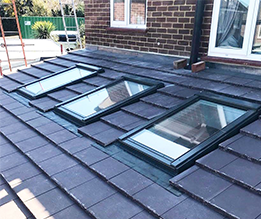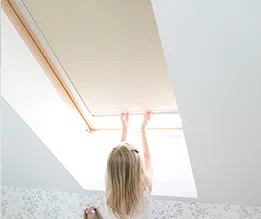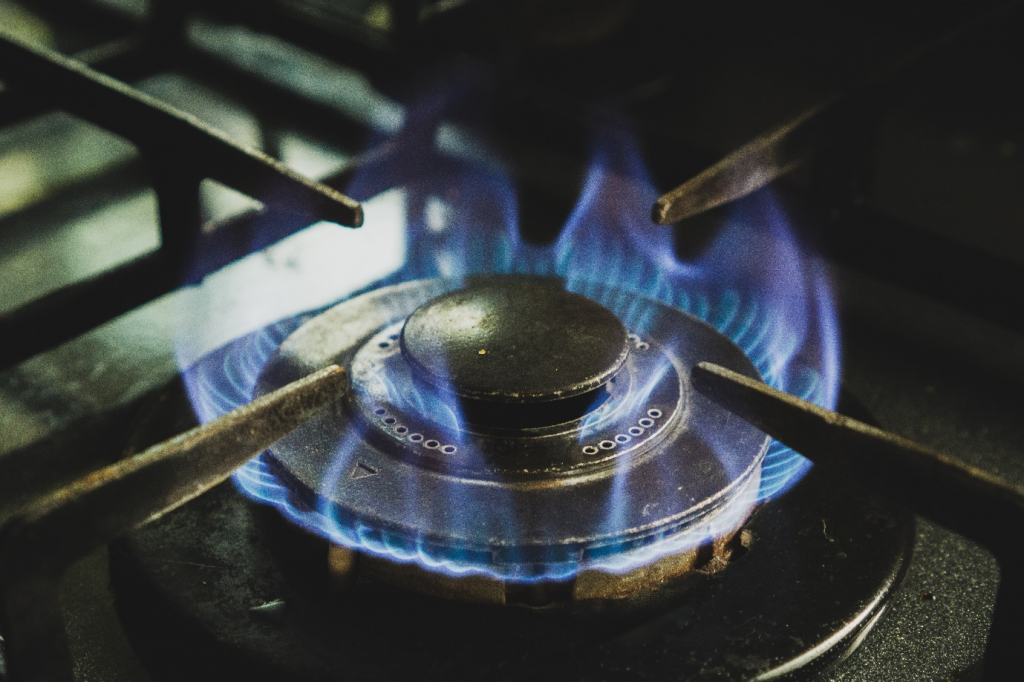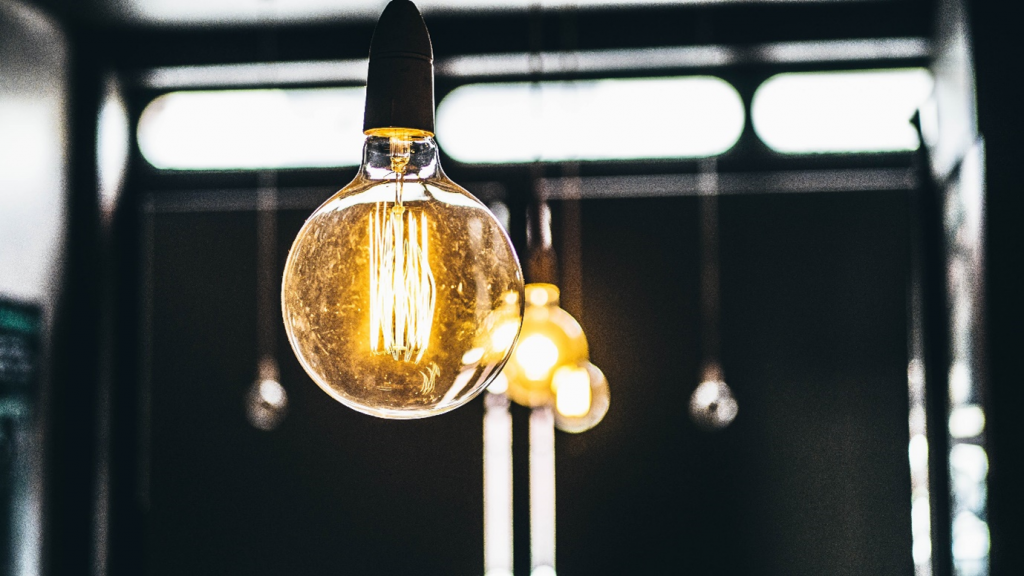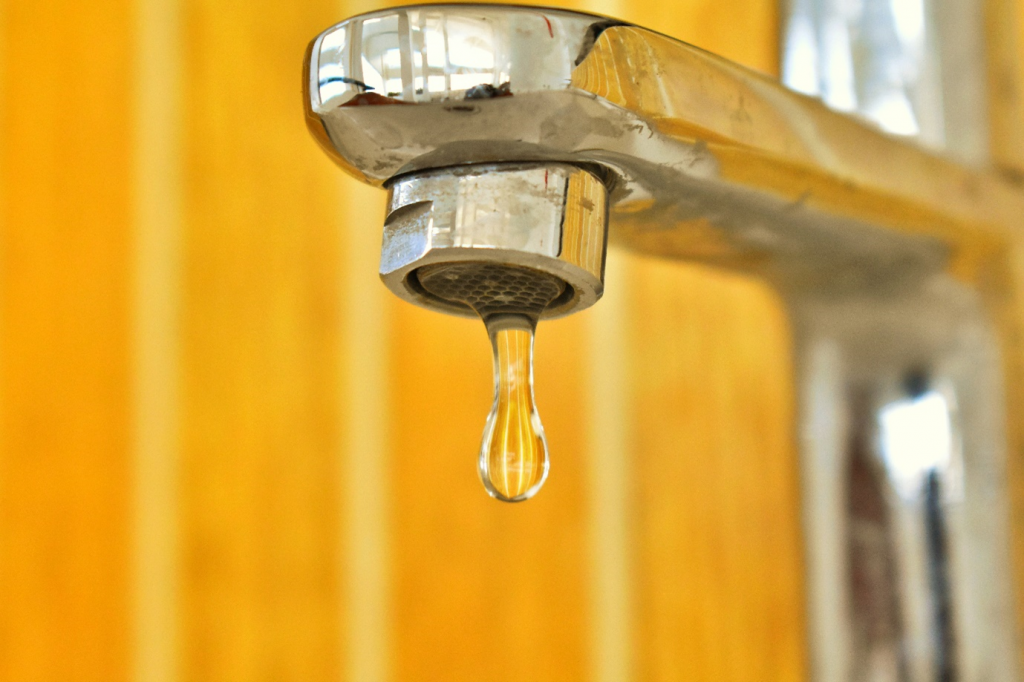Connecting Utilities: Setting Up Gas, Electricity, & More in a New Home
Building your own home requires much more construction than just four walls and a roof — you also must ensure your property has all the essentials you and your family need to live comfortably, such as heat and power. You could go off-grid, which is legal in the UK but can be complicated and very expensive. It’s far more likely that you’ll connect to the main supply for your gas, electricity, and water. Setting up the essential utilities for the first time in your new home is a crucial step that requires careful planning and execution. From budget considerations to navigating the application processes and complying with safety regulations, this guide will take you through the vital steps to ensure a smooth transition to your new property. We’ll cover:
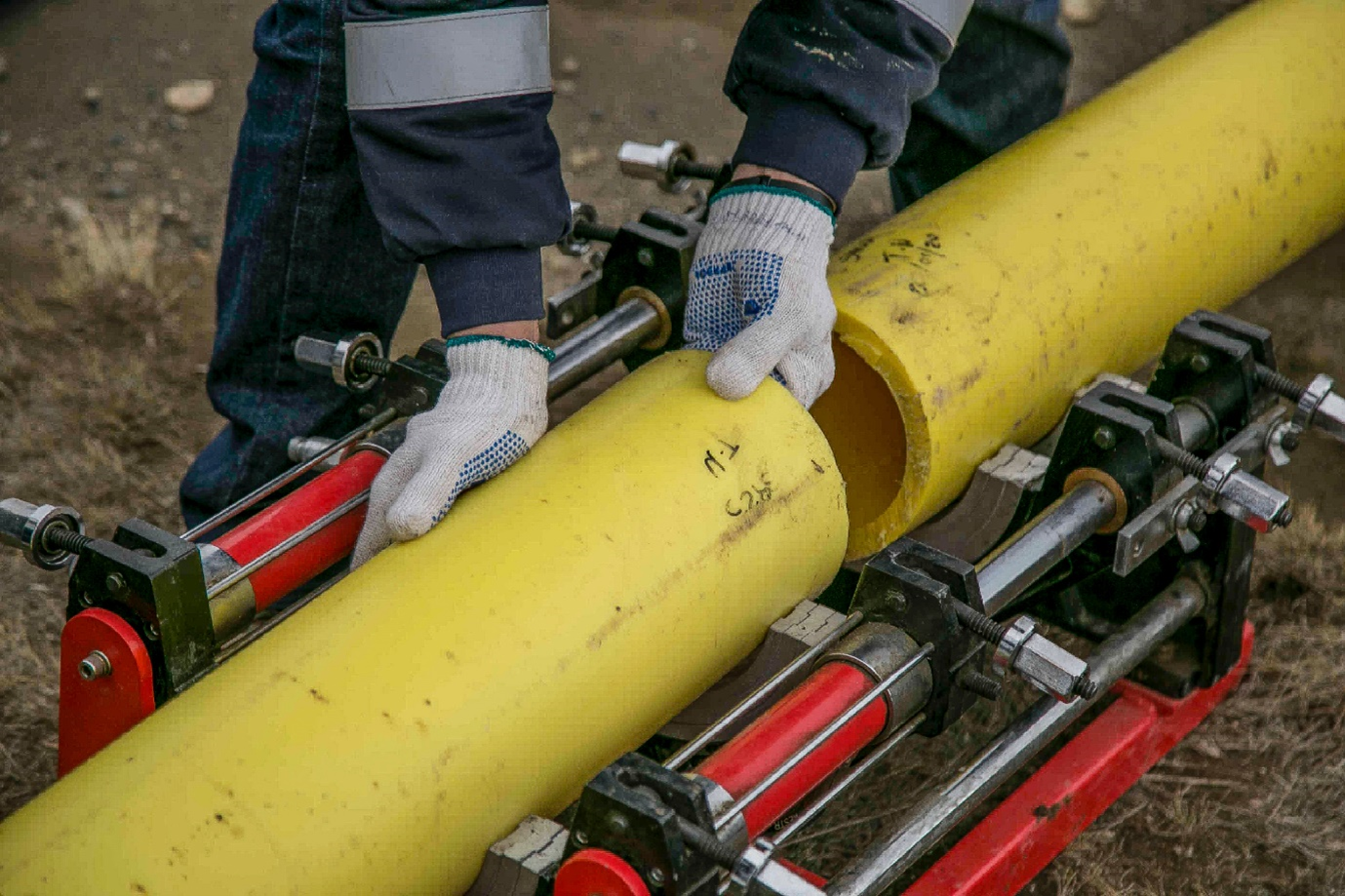
Setting up gas and electricity for a new build can be a manageable process if you plan and follow the necessary steps carefully. There are some considerations to keep in mind as early as the planning phase of your new build — for example, you should contact gas and electricity providers and local distribution companies to understand their requirements and the process. In some cases, it may be easier to set up your gas and electric while you’re laying your foundations to save digging up again later.
You’ll also have to make sure connecting utilities is factored into your self-build budget. Be prepared for the associated costs, including connection fees, meter installation, and any infrastructure work that may be needed to bring gas and electricity to your property. Ensure that you have all the necessary permits and approvals from local authorities and utility companies. Compliance with safety and environmental regulations is also crucial.
Choose reliable utility providers with good customer service and competitive pricing, comparing different providers in your area. You can co-ordinate with them to schedule the connection and installation work. Working with utility companies to determine suitable locations for gas and electricity meters can also ensure these are easily accessible and compliant with regulations. Remember that gas and electricity installations require regular safety inspections.
While the process can seem daunting, many people successfully set up gas and electricity for their new builds with proper planning and coordination. It’s advisable to seek guidance from professionals if you’re unsure about any aspect of the process, and always prioritise safety and compliance.
A new gas connection involves establishing a link between your self-build and the mains natural gas supply, and it can cost anywhere from a few hundred pounds to a few thousand depending on how simple the connection will be. To set up a new gas connection in a self-build property, start by contacting a gas supplier of your choice. They will be able to provide you with information on available tariffs, connection costs, and the application process which you can put into your self-build plan.
Submit a formal application to your chosen gas supplier, including details of your self-build property, meter location, and any necessary documents they may require, then request a quote. This will outline the cost of connecting your property to the gas network and typically includes the installation of gas pipes and a gas meter. Determine the location for the gas meter in consultation with the gas supplier — it should be easily accessible for readings and comply with safety regulations.
Once your application is approved and you accept the quote, the gas supplier will arrange for the installation of the gas connection, which may involve trenching and laying gas pipes. The gas meter will be installed at the agreed-upon location, and gas safety checks and inspections will be conducted to ensure that everything is up to code.
Once complete, the gas supply will be activated, and you can start using natural gas in your self-build property.
Setting up a new electricity connection in a self-build property involves several steps similar to connecting to the mains gas supply. Instead of a supplier, you’ll contact the local distribution network operator (DNO) responsible for your area. They will provide information on the connection process and costs, and you can request a quote from the DNO for the price of connecting your property to the electricity grid. This quote will include the installation of necessary cables, equipment, and a meter. Again, work with the DNO to determine the location for the electricity meter. It should be easily accessible and meet safety requirements.
Submit a formal application to the DNO providing details about your self-build project, the planned electrical load, and any required documents. Once your application is approved, schedule the installation. This typically involves laying underground cables from the grid to your property and setting up the meter, installing the electricity meter at the agreed-upon location, and conducting electrical safety checks and inspections to ensure compliance with regulations.
Once everything is in place and safety checks are passed, the electricity supply to your self-build property will be activated and any temporary electricity sources such as generators can be removed.
Setting up water for a new build is generally considered to be less complex compared to setting up gas and electricity, as the process of setting up a water connection is often more standardised and straightforward. In most areas, there is only one water supply company, so you don’t have to choose among different providers or negotiate contracts. However, building regulations dictate that kitchen sinks must always be connected to the water mains to allow access to clean drinking water, so that’s something to bear in mind if you plan to live off-grid.
Water installations typically have fewer safety concerns compared to gas and electricity. While water quality and safety are important, the risks associated with water are generally lower. What’s more, setting up a water connection may require fewer infrastructure changes compared to gas or electrical connections. Water connections also don’t need as many inspections and compliance checks as gas and electric.
However, it’s important to note that the ease of setting up water can still vary depending on your location, local regulations, and the condition of existing water infrastructure. It’s advisable to contact your local water supply company early in the planning process to understand their requirements and fees. Additionally, ensure that you follow all local regulations and obtain any necessary permits for your water connection.
While setting up water may be relatively easier than other utilities, it’s still a critical aspect of your new build, and proper planning and compliance with regulations are essential to ensure a reliable and safe water supply to your property. Ensure you maintain open communication with the water supplier, follow all necessary safety and regulatory guidelines, and budget for connection costs when planning your new water supply for a self-build property.
The lifespan of a prefab home, like any other type of house, can vary depending on several factors. However, when built and maintained properly, prefab homes can last just as long as conventionally constructed homes, which often have a lifespan of 50 years or more. Some prefab homes have even exceeded this lifespan.
The quality of the materials used in the construction of the prefab home and the craftsmanship during assembly are crucial. High-quality materials and skilled construction can significantly extend the lifespan of a home, and as you’d expect, regular maintenance is essential for preserving any home’s longevity. This includes routine inspections, repairs, and upkeep of the building’s components, such as the roof, siding, windows, and mechanical systems.
The durability of the foundation plays a critical role. Properly designed and constructed foundations can ensure the structural integrity of the house for decades. If you’d like more information about this, be sure to read our foundations and groundwork guide. Other factors like the climate and environmental conditions in the area where the prefab home is located can have an effect too. Homes in regions that are prone to extreme weather conditions such as flooding may require more frequent maintenance and may experience wear and tear more quickly.
Remember that any home built to meet or exceed your local authority’s building codes and regulations will be more likely to have a longer lifespan. Compliance with these standards ensures that the home is structurally sound and safe, so always follow building codes and only work with construction workers who know and understand what they are. You may find our guide to finding reliable tradesmen useful at this stage.
It’s easy to forget about connecting utilities when focusing on the construction side of your self-build, but this part of the process can begin as early as the planning stage. The tips in this guide should help you work out how to connect your new build to mains gas, electricity, and water, as well as set up a new address, so that you can be ready to move in as soon as construction is complete.
At RW4Y we have decades of experience providing roof windows and other products to private customers and the construction industry. Whatever your self-build needs, our friendly customer service team would be happy to discuss your options with you. So, why not give us a call on 0333 600 9090? We also have plenty of advice for every stage of your self-build project in our knowledge hub, from buying land to finding reliable tradesmen and beyond. Take a look!

